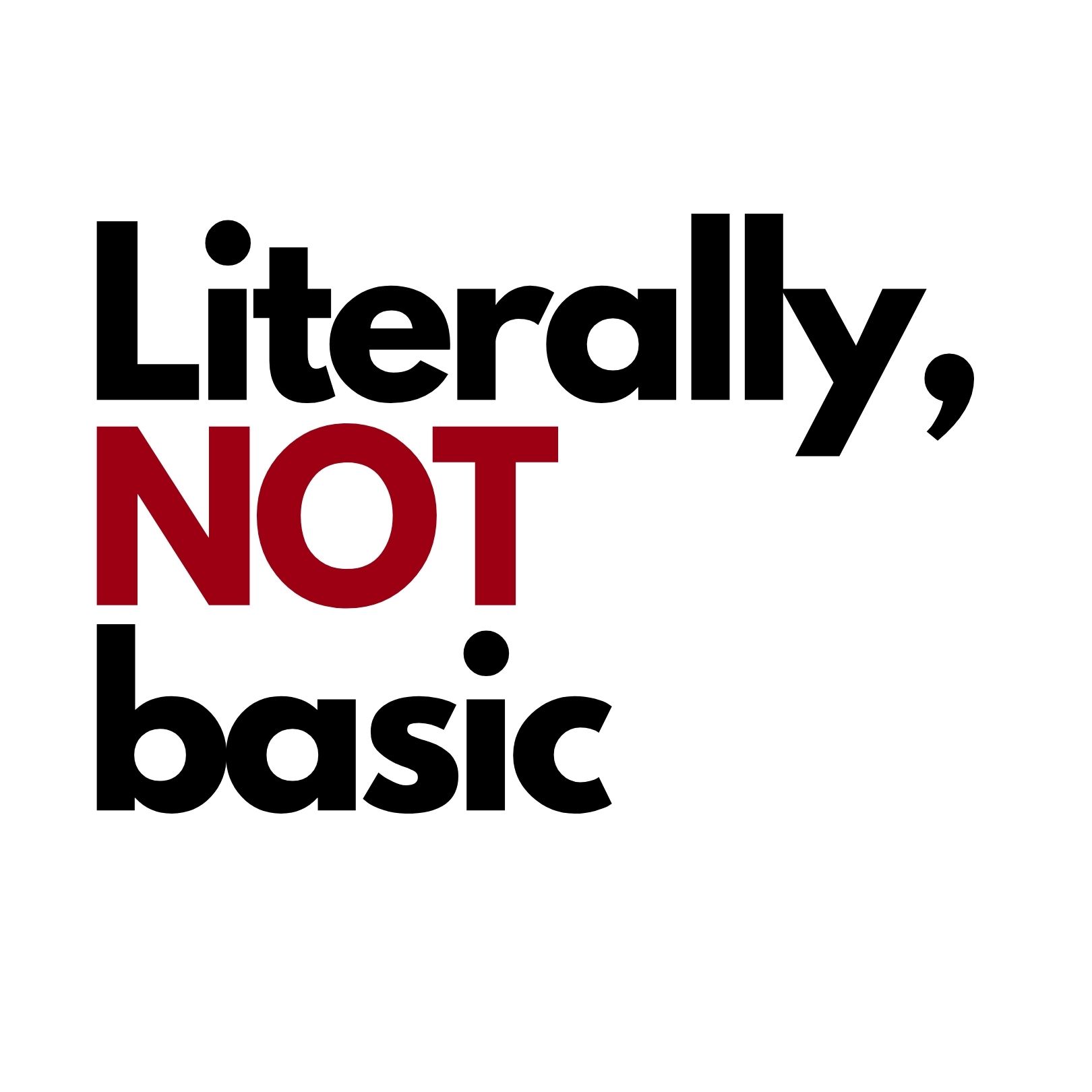SHANGHAI, China — Introducing Cha Ling, the often-overlooked beauty brand under the LVMH umbrella. This innovative beauty line, which was introduced a few years ago with little fanfare, is venturing into fresh and unexplored markets for high-end brands and is achieving remarkable success by doubling its revenues annually — and interestingly, it isn’t following the familiar Fenty Beauty blueprint.
Founded by Laurent Boillot, the CEO of Maison Guerlain, Cha Ling draws significant inspiration from Chinese Pu’er tea and the age-old traditions of traditional Chinese medicine (TCM). At first glance, it may seem unconventional for a French luxury conglomerate to delve into the depths of ancient Chinese herbal practices, but this initiative is part of a larger trend where contemporary Chinese society is embracing and rediscovering its rich cultural heritage in modern contexts.
“I’ve noticed a growing pride in Chinese heritage, along with a desire to reconnect with its history.when it comes to beauty trends. I frequently hear young women expressing sentiments like, ‘My parents were deprived of their culture, I want to reclaim it.’ This movement is not merely about waving the Chinese flag; it symbolizes a deeper cultural renaissance,” Boillot shared during a recent visit to China, a country he has studied and experienced for over 15 years.
As per Euromonitor, retail sales of luxury skincare products in China soared to 212.2 billion yuan (approximately $30.85 billion) in 2018, marking a year-on-year growth of 13.2 percent. The surge in popularity of Chinese herbal cosmetics has substantially contributed to this growth, as younger consumers are increasingly focusing on the quality and ingredients of their beauty products.
Given the vast potential of this market, leaders in the Asian beauty industry might be surprised to realize how long it took major international companies to tap into the lucrative TCM beauty segment. However, with LVMH and other brands leading the charge, there’s a notable shift happening where Western brands are directing their attention beyond Korea and Japan in search of research and development niches as well as inspiration from other regions in Asia.
Launched in 2016, Cha Ling currently operates 10 boutiques and spas located in cities like Paris, Hong Kong, Hangzhou, and Shanghai. The brand is adeptly catering to a unique cross-cultural market niche by utilizing Chinese-inspired ingredients that are developed and manufactured by LVMH experts in France.
“Young women are saying, ‘My parents were deprived of their culture, I want to retrieve my culture.’”
“China possesses a vast and rich cultural landscape. However, during my travels in China, I’ve often encountered a sentiment of insecurity surrounding the notion of ‘Made in China,’ being viewed as low-quality compared to products from Europe, Japan, and Korea, which are regarded as superior,” Boillot explains.
Despite being a relatively young brand, Cha Ling is carving out its place in a competitive market, with Boillot noting that their revenue trajectory is “on track,” with a substantial doubling in growth recorded each year. Although this achievement may come as a small fraction of LVMH’s overall revenues, Boillot proudly states that Cha Ling is “among the top-ranking stores” at its original location in Shanghai’s bustling Taikoo Hui mall, which hosts several renowned names like Guerlain, Tom Ford, Dior, Fresh, and many others.
But in an ever-evolving market that thrives on novelty, what is the secret behind a brand rooted in a cultural tradition that dates back over 2,000 years capturing the hearts and minds of contemporary Chinese consumers?
National Pride Meets Government Policy
In recent times, as the Chinese government has been striving to implement universal healthcare for the country’s more than 1.4 billion citizens, officials, including President Xi Jinping, have increasingly highlighted the advantages of TCM. Not only is TCM a cost-effective solution, but it continues to hold a special appeal, particularly in rural regions of China.
Ingredients derived from TCM are employed in China under the belief that they can provide remedies for various health issues ranging from minor ailments like colds to more serious conditions such as cancer. Modern Chinese consumers, even those who might prefer Western medicine for serious health concerns, often integrate TCM principles into their daily lives unconsciously.
Beauty brands are cleverly finding ways to incorporate these valuable TCM ingredients into their formulations. Notable examples include ginseng known for its brightening and UV-blocking properties, various mushrooms that boast age-defying capabilities, skin-nourishing ginkgo biloba, and detoxifying mung beans. Moreover, tea, which has a significant place in TCM, is celebrated for its abundant antioxidant properties.
An advantage for those incorporating TCM into beauty products lies in the simplicity of education required for consumers to understand these ingredients; TCM is well-known to Chinese people from all walks of life. As Baillot puts it: “TCM serves as a bridge across generations here; it’s not merely relevant to older generations; young individuals also recognize its importance in their lives, making it highly relevant to them.”
For Baillot and executives who share his vision, an encouraging observation is that TCM seems to be a category for which Chinese consumers are willing to spend a premium. Research by market analysis firm Mintel reveals that Chinese beauty consumers are often inclined to pay more for sheet masks that feature rare TCM ingredients, with key elements like rhodiola, ginseng, and mushrooms being highly sought after across food, drink, and beauty sectors.
A myriad of factors is fueling the surge of TCM beauty products. The burgeoning sense of national pride and the progressive movement of local manufacturers towards higher-quality production are transforming consumer perspectives. An increasing number of young consumers are shifting away from preconceived notions that local ingredients or traditional practices are of lesser quality or efficacy when compared to their Western counterparts.
This growing national pride phenomenon, often referred to as guochao, is influencing purchasing decisions across various sectors, from home appliances to fashionable brands. Accordingly, domestic beauty brands that have substantial market presence are well-positioned to thrive in this environment.
The Resurgence of C-Beauty
It’s hardly surprising that within the domain of herbal beauty, Chinese brands are experiencing notable success. Historically, the Chinese beauty market has been dominated by international brands, particularly from Europe and Japan in the premium segment, while K-Beauty has garnered favor among budget-conscious consumers.
Among the competitive landscape, Shanghai Jahwa has emerged as one of the heavyweights, announcing an impressive revenue of 1.95 billion yuan (equivalent to $283.47 million) for the first quarter of 2019, reflecting a 5 percent year-on-year growth during this period.
Although individual brand revenues are not publicly detailed, Shanghai Jahwa is making substantial investments in Herborist, a brand that focuses on TCM and was established back in 1998. Herborist has recently captured considerable attention from Chinese beauty influencers on platforms like Xiaohongshu and Weibo. Particularly, its Brightening Essence Mask (available on Tmall for 179 yuan, or about $26 for a pack of 12) has emerged as a fan favorite.
“Herborist has successfully attracted a younger audience, specifically individuals aged 18 to 25, during the first half of this year. Following a viral campaign conducted in May and June, our new mask has emerged as one of the top-selling products, reaching millions of new consumers,” said Herborist’s Marketing Director, Huang Zhikai.
In addition to Herborist, brands like Pien Tze Huang and Ma Ying Long, which have their heritage in traditional TCM pharmaceuticals, are pivoting to skincare offerings in recent years. Additionally, Xie Yu Chun, a brand that traces its lineage back to the Qing Dynasty and has been in the market since the 1830s, is enjoying a revival.
The massive popularity of last year’s hit television drama, The Story of Yanxi Palace, which captivated an audience of 700 million Chinese viewers, ignited a series of beauty and makeup trends influenced by the aesthetics of imperial China. The aftershocks of such successes are likely to propel TCM beauty into the spotlight further.
Entering the TCM Space
Cha Ling is not the sole international player to explore the TCM segment. Procter & Gamble launched its Oriental Therapy brand, featuring traditional Asian ingredients, back in 2013, but they ultimately discontinued the line. P&G opted not to provide comments regarding this story.
Fast forward to the present day, and there is a thriving market for Chinese herbal cosmetics. In a positive turn of events, Oriental Therapy was relaunched recently, positioned at a price point between Olay and SK-II, and featuring natural ingredients such as ginseng, green tea, saffron, and honeysuckle. This relaunch is part of a long-term effort by P&G to adapt to the evolving preferences of discerning middle-class consumers in Mainland China.
It’s promoting Chinese culture while advocating for sustainability.
Meanwhile, L’Oréal made strides in the TCM domain by acquiring Yue-Sai, a renowned high-end Chinese TCM brand, for about $50 million back in 2004.
During its initial years, the brand struggled to find its footing and connect with premium consumers amid high-end marketing efforts championed by supermodel Du Juan. However, after successfully emphasizing TCM ingredients in their campaigns—often spotlighting hero ingredients like ganoderma and cordyceps mushrooms—the brand has witnessed a significant turnaround.
Striving for Sustainability
Beyond national pride, Boillot has identified a significant consumer trend centered on a preference for natural products, which coincides well with the TCM resurgence. Cha Ling assures that at least 85 percent of its product formulations are derived from natural ingredients.
According to research conducted by Reuter Communications, “clean” beauty has emerged as a key trend among luxury consumers in China, particularly among younger demographics, where the term “natural” is increasingly linked to sustainability—an issue that resonates strongly in a country grappling with pollution in major urban areas.
“This trend is not surprising considering the current dynamics in the Chinese beauty market,” observed Jerri Ng, Head of Fashion and Beauty at Reuter Communications, in response to the rise of TCM beauty products. “It’s a celebration of Chinese culture as well as a commitment to sustainability. Many Chinese consumers have overlooked the fact that they possess some of the finest ingredients and beauty wisdom nestled within their own culture.”
Laurie Du, Senior Beauty Analyst at Mintel Beauty & Personal Care, concurs, asserting that TCM is especially pertinent to the younger generation. “Despite their often less-than-ideal lifestyle choices, younger consumers still aspire for a healthy lifestyle, which includes a balanced diet, sufficient rest, and regular exercise, all of which TCM principles can support deeply,” she stated.
A Strategic Advantage?
In a fragmented market, it appears that much of the initial consumption, particularly among younger buyers, may stem from mid-range domestic brands recognized for quality, though high-end hero products still retain a competitive edge due to the established reputation of international brands for exceptional research and development.
“Chinese consumers inherently understand the efficacy of TCM, so why not celebrate that?”
For both global and local brands eager to take advantage of this emerging trend — whether it’s viewed as a new movement or a rediscovery of old traditions — the most critical factors for Chinese consumers remain product effectiveness and authenticity.
“Engagement and relatability are vital in navigating the realms of beauty and skincare. Given that Chinese consumers intuitively recognize TCM’s efficacy, why not highlight that?” inquired Jerri Ng.
However, global brands should tread carefully. A considerable portion of Chinese society is becoming increasingly skeptical regarding the incorporation of traditional Chinese medicine in beauty products. Recently, various high-profile scandals have rocked the industry, involving dishonest entrepreneurs making exaggerated claims or peddling unsafe products linked to TCM. Unfortunately, this has contributed to casting a shadow on the broader TCM movement, creating skepticism among many science-minded professionals and consumers.
Moreover, international brands also face risks associated with allegations of cultural appropriation or misaligned marketing strategies. Authenticity is an aspect that might prove particularly challenging for foreign brands, even as Cha Ling’s Laurent Boillot feels that they have navigated this terrain successfully.
“We come from a place of respect and understanding rather than presumption, and we wish to engage with Chinese traditions rather than dictate them. This creates a meaningful dialogue, something that resonates with Chinese consumers,” Boillot pointed out.
via BoF






